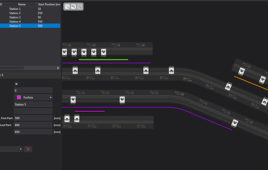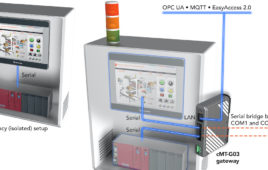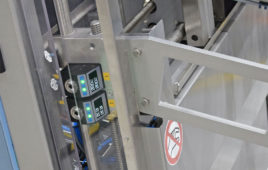Researchers at the Center for Robotics and Neural Systems (CRNS) at Plymouth University are developing artificial intelligence (AI) that learns to recognize patterns of life-supporting conditions on other worlds. The team will be presenting their work at the European Week of Astronomy and Space Science (EWASS) in Liverpool, with their primary focus being how an interstellar vehicle would identify and classify planets potentially harboring life. In order to achieve this, however, the AI must be “trained” to recognize these patterns using an artificial neural network.
The researchers trained these artificial neural networks (ANNs) to organize five planet types based on their life-supporting features in the following categories…
- Earth (Present day)
- Early Earth
- Mars
- Venus
- Titan (Saturn’s largest moon)
The artificial neural network is an interconnected computing system comprised of artificial neurons called nodes, and it designed to imitate biological neural networks. The computing systems can learn through pattern recognition that could potentially rival our own ability to identify these types of complex patterns. Christopher Bishop, the team’s lead researcher, used NASA’s Planetary Spectrum Generator (PSG) at the Goddard Space Flight Center to provide his network with over one hundred high-resolution spectral profiles of the five planet types. Each profile containing hundreds of habitability-related parameters, and were classified by ANN based on their planetary type.
Since the only life samples available are on Earth, factors like atmosphere and orbit of the five rocky worlds were among the system’s metrics in determining probability of life. Despite these limitations, ANN performed well when faced with a new spectral profile it hadn’t previously encountered. According to Project Supervisor Angelo Cangelosi, the project’s results look very promising, and the method could prove to be useful for organizing different exoplanet types, based on results from ground-based and near-Earth observatories. This technique could help target potential planets the team would like to inspect for signs of life, using NASA’s James Webb Space Telescope, or during the ESA’s Ariel Space Mission. Both Bishop and Cangelosi envision AI playing a key role in identifying life on other worlds, but also acknowledge how a probe of this magnitude would be out of range with any human contact, and would need to function autonomously.
Filed Under: AI • machine learning, M2M (machine to machine)




